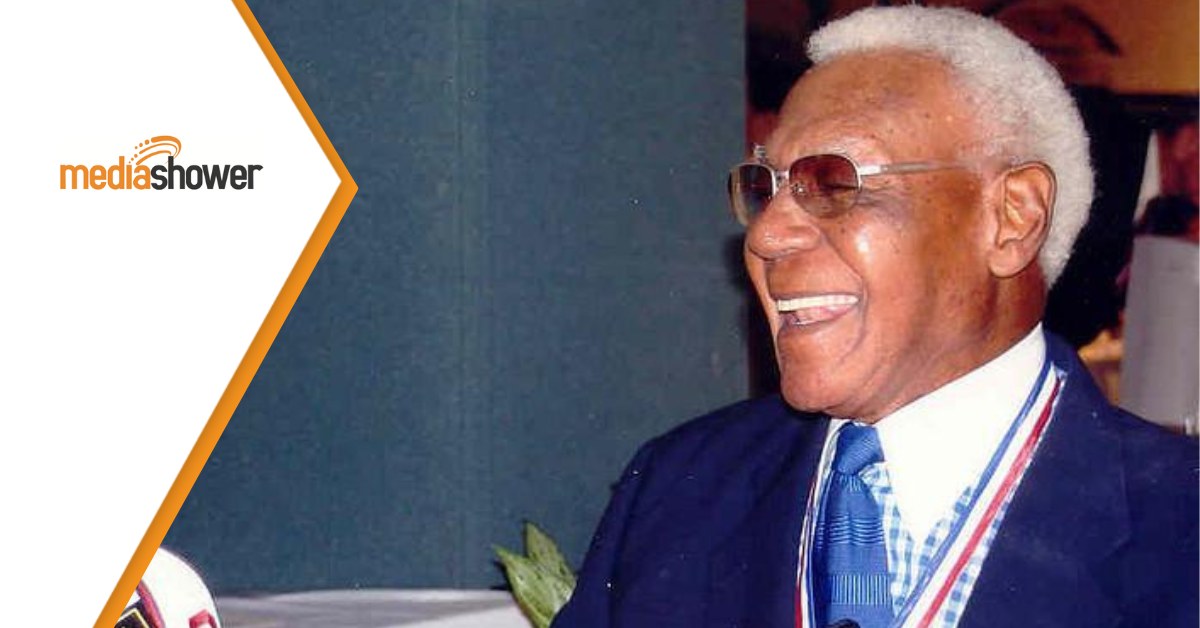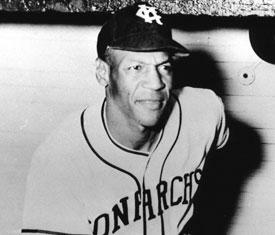
The MLB Negro Leagues represent the best and worst of American history: both the problems of segregation, and the triumph of men who kept playing in the face of it.
At the 2006 MLB Hall of Fame Induction, 17 players of the era were finally admitted, and Buck O’Neil (also a player in the Negro League) gave a speech commemorating the occasion.
We can learn a lot about communication from those who have suffered. O’Neil’s speech is exemplary in its humor, storytelling, and warmth. It brought together a room of players and sought to address a less-than-honorable past with honor and love.
Using the Moment for Your Message
Buck O’Neil, a legendary figure in baseball history, is widely celebrated not only for his contributions on the field and as a manager, but also for his efforts off the field, particularly in preserving the history and legacy of the Negro Leagues.
While O’Neil was not inducted into the National Baseball Hall of Fame during his lifetime, he delivered a poignant and memorable speech at the Hall of Fame induction ceremony 2006.
In this speech, O’Neil was not speaking on his behalf, but rather to honor the induction of 17 Negro League and pre-Negro League players and pioneers who were being posthumously inducted into the Hall of Fame. The speech is a masterclass in effective communication. He skillfully employed several rhetorical techniques that captivated his audience and conveyed his messages powerfully and memorably.
Telling Stories of the Past to Connect with the Present
O’Neil was a gifted storyteller, and he used this skill to weave together personal anecdotes, historical narratives, and the stories of the Negro Leagues players. This technique made his speech engaging and helped to humanize and bring to life the experiences of those he was honoring:
“I first came to the Negro leagues — five percent of Major League ball players were college men because the major leaguers wanted them right out of high school, put them in the minor league, bring them on in. But Negro leagues, 40 percent of Negro leagues, leaguers, were college men. The reason was that was, we always spring trained in a black college town and that’s who we played in spring training, the black colleges.”
Storytelling can be a powerful tool to connect with your audience emotionally, making your message more relatable and memorable. Perhaps more importantly, stories can provide novelty and new information to your audience (in this case, the history of the MLB Negro League).
The human brain is hardwired for stories. O’Neil’s rich collection of stories make his speech extremely effective–as evidenced by the way he ends the speech:
“Thank you, folks. Thank you, folks. Thank you, folks. Thank you, folks. Thank you. Thank you. Thank you. Thank you. Thank you. Thank you. Now, sit down. Now, sit down. I could talk to you 10 minutes longer, but I got to go to the bathroom.”
Being Real

Throughout his speech, O’Neil appeals to universal values such as resilience, hope, and the importance of recognizing and honoring one’s history and contributions.
He doesn’t get too hooked into lofty language, however… he’s able to articulate this through his own lived experiences:
“And I tell you what, they always said to me Buck, ‘I know you hate people for what they did to you or what they did to your folks.’ I said, ‘No, man, I — I never learned to hate.’ I hate cancer. Cancer killed my mother. My wife died 10 years ago of cancer. (I’m single, ladies.) A good friend of mine — I hate AIDS. A good friend of mine died of AIDS three months ago. I hate AIDS. But I can’t hate a human being because my God never made anything ugly. Now, you can be ugly if you wanna, boy, but God didn’t make you that way. Uh, uh.”
Authenticity is crucial for any message; most people will see through artificiality. O’Neil’s authenticity, however, highlights how important it is to “be real,” because there is a truth to authenticity that can carry to an audience. This is just as true in marketing as in any other endeavor.
Including a Call to Action
Yes, marketers know a lot about calls to action.
While not overt, O’Neil’s speech served as a call to action, reminding us of the importance of remembering and honoring the contributions of those who came before us and the values they embodied:
“So, I want you to light this valley up this afternoon. Martin [Luther King] said “Agape” is understanding, creative — a redemptive good will toward all men. Agape is an overflowing love which seeks nothing in return. And when you reach love on this level, you love all men, not because you like ’em, not because their ways appeal to you, but you love them because God loved them. And I love Jehovah my God with all my heart, with all my soul, and I love every one of you — as I love myself.”
For us, CTAs are simple and direct. For O’Neil, they are more involved but serve the same purpose: to culminate in a directive important to the speaker. A subtle call to action can motivate your audience to reflect and act without feeling pressured, making your message more impactful.
Marketer’s Takeaway
Buck O’Neil passed away in 2006, but his legacy lives on, not only through his contributions to baseball but also through his memorable speech, which continues to inspire and resonate with fans of the game.
In recognition of his immense contributions to baseball and his extraordinary character, Buck O’Neil was posthumously inducted into the National Baseball Hall of Fame in 2021, an honor many believe was long overdue.
With his storytelling and infectious optimism, Buck O’Neil’s ability to capture the hearts of those listening, both in attendance and around the world, made the speech a highlight of the ceremony. There’s a lot that great marketers can still learn from it today.
Great communicators use Media Shower platform to help them create blog posts, social posts, press releases, and more. Click to give us a try.
